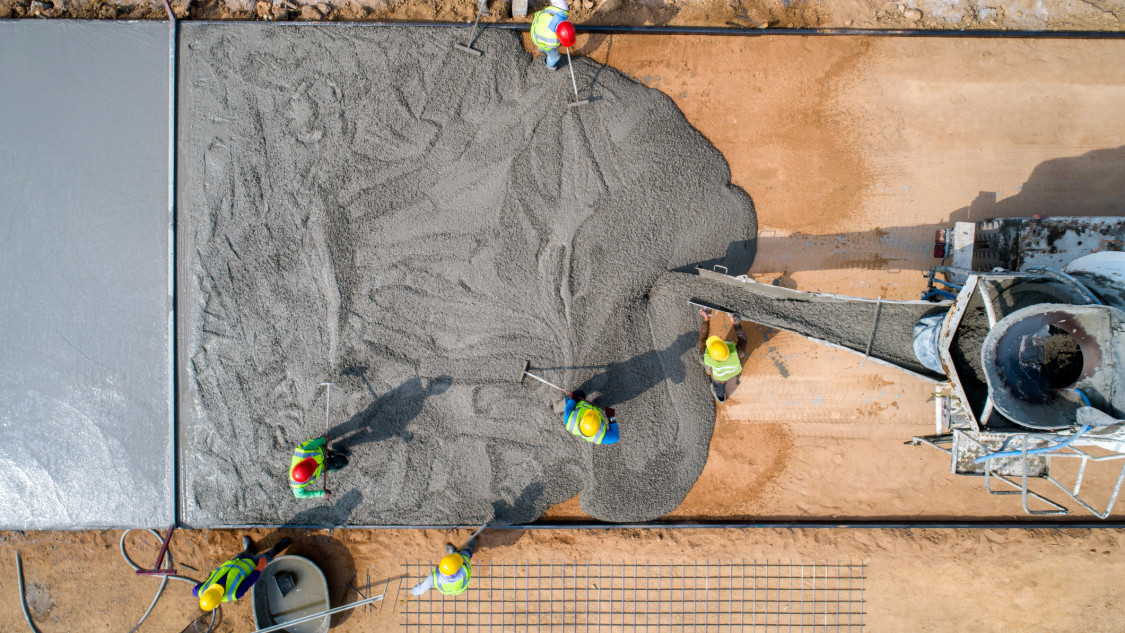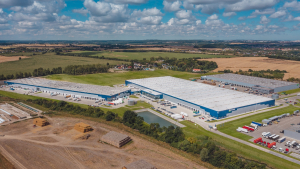
According to Yasen Georgiev from EPI, EECFA Bulgaria, like elsewhere in the EECFA countries that are not directly impacted by the war in Ukraine, the construction market in Bulgaria entered a period of an increasing unpredictability. What stands behind is an interplay between domestic and external factors.
The EECFA (Eastern European Construction Forecasting Association) conducts research on the construction markets of 8 Eastern-European countries, including Bulgaria.
The Bulgarian construction market entered 2022 with a mixed performance: booming residential construction, stagnating non-residential one and a rather heterogeneous civil engineering. Residential construction benefited from favourable financing conditions and fears for inflation that turned property investments into a safe haven. At the same time, non-residential construction was struggling to recover from the Covid-19 shock. Civil engineering was heavily impacted by the lack of clear future prospects and direction because of the political turmoil in 2021 with three rounds of parliamentary elections, and the absence of new EU funding (Bulgaria’s Recovery and Resilience Plan was approved by the European Commission in April 2022, while EU’s Operational Programmes are still not finalized).
The war in Ukraine, however, increased the level of uncertainty throughout the entire construction market. Building material costs and shortage and/or equipment shortages are the fastest growing factors limiting the activity of construction enterprises in February-April 2022. Despite the slow pace, the number of clients with payment delays over the last months has also been on the rise. As a result, the overall business climate in the construction sector started to deteriorate rapidly in April (Source: NSI, Business survey in construction).
Simultaneously, the headwind from the pre-war period in the residential segment continues. Compared to Q1 2021, permitted residential buildings increased by 20%, dwellings in them by 8%, and their total built-up area by 14%. However, signs of cooling are in sight: compared to the previous quarter, permitted residential buildings decreased by 3.1%, the number of dwellings in them by 23.4%, as well as their total built-up area by 17.1%. On a quarterly basis, started residential buildings in Q1 2022 dropped by 4%, their total built-up area contracted by 10%, although dwellings in them went up by 5% (NSI, building permits issued for construction of new buildings).
Similar trends are to be seen elsewhere. In Q1 2022 permitted administrative buildings decreased both in number (by 45%), and in a total built-up area (by 54%) compared to the previous quarter. Issued permits for construction of other types of buildings are less by 8%, and their total built-up area is down by 28%. On an annual basis, there is a reduction of issued permits for the construction of administrative buildings and their total area, respectively by 35% and 82%. Permits issued for construction of other buildings sank by 4%, as well as their total built-up area by 1.3%. Against the previous quarter, started administrative buildings and their total built-up area shrank by 21% and 51%, respectively. Started other types of buildings also decreased by 6%, as well as their total built-up area by 15%.
What becomes evident from the data above is that the construction market is most likely to keep a high level of volatility triggered by two opposing market forces: the need for investors to search for shelter from inflation and the necessity for developers to adjust to market conditions they are not used to (material shortages, constant upward changes in prices of materials and fuels, and labour costs).
In that puzzle, the situation in Ukraine will further affect the sector, surely not in a predictable way and most probably neither in a positive one. However, the government is yet to finally start investments within the Recovery and Resilience Facility in 2022, which, accompanied by unleashing the EU funding from other sources in the years to come, might secure a soft landing for the sector before its potential new take-off when the market regains momentum again.



